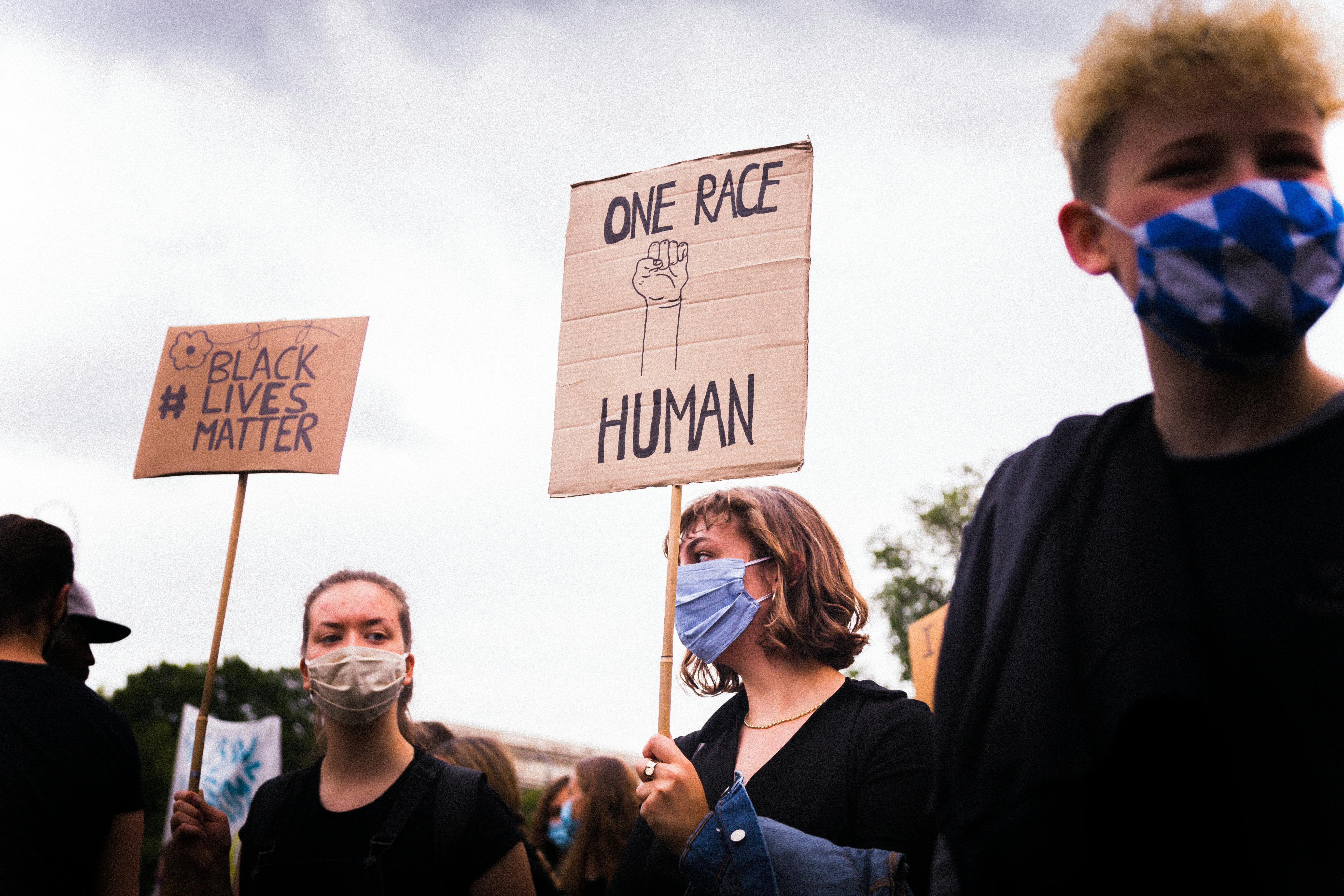Medicine and engineering have passed. Today’s youth are looking for new and exciting careers. One such field that is on the rise these days is media and mass communication. Although journalism has always existed, but with a sudden increase in the number of news channels and newspapers, the demand for mass communication experts has multiplied. Many students seek to pursue courses in mass communication and gain skill sets that will help them make a career in this field. In addition to journalism, advertising, modeling, acting, jockey, etc. they also belong to the same category and are gaining popularity. The educational scene is also promising, with many good institutes offering full-time and part-time courses in media, film, and mass communication. Courses can be followed at both undergraduate and diploma level.
Mass communication clearly implies that it involves communicating with the masses through different modes. According to the target audience and the message to be transmitted, the medium is selected. The information to be transferred may be news, entertainment, or both. The press, television and radio are the most popular mediums through which one can communicate with the masses. In addition to these three, the Internet is a medium that is rapidly gaining popularity in recent years, although it is mainly aimed at the young and educated audience.
The main institutes of mass communication are distributed in various cities of India. Of the most renowned, Mudra Institute of Communications in Ahmedabad, Gujarat is a good choice. It offers PG Diploma in Communications Management (PGDMC), PG Program in Communication Management and Entrepreneurship (PGPCME), PG Certificate Program in Integrated Marketing Management (PGCPIMM), Career Development Program in Design Communications Management (CDP- DCM) and PG Certificate in Advertising Management (PGCAM). It is a reputed institute and conducts admission tests for admissions.
The Indian Institute of Mass Communication based in New Delhi is another good institute. Established over thirty years ago, the IIMC has earned UNESCO recognition as a center of excellence in the field of communication education, training and research. It offers a variety of courses including print journalism, photojournalism, radio journalism, broadcast journalism, development communication, communication research, advertising and public relations.
The Asian College of Journalism based in Chennai, Tamil Nadu, is a postgraduate college that provides students with journalism education tailored to the specific needs of India and other developing countries in Asia. The curriculum is based on the trend and momentum of media convergence, and the resulting multi-skilled demands placed on the contemporary journalist.
The St. Xavier Institute of Communications (XIC) based in Mumbai, Maharashtra, offers a variety of training and production services. XIC was started in 1969 by the Catholic Bishops’ Conference of India to develop scholarship and professionalism in the field of media. It is currently administered by the Society of Jesus (Jesuits) of the Bombay Province.
The Indian Institute of Journalism and New Media (IIJNM) based in Bangalore, Karnataka, is a leading graduate school of journalism and media. The curriculum combines theory and practice to prepare its graduates for positions in the media industry. The center started in January 2001.
The Times School of Journalism, based in New Delhi, offers a Postgraduate Diploma in Journalism that includes a six-week internship at the Times of India and The Economic Times. The eligibility criteria is graduation in any discipline with 50% grades. However, a PG degree and a background in Economics, Management, Finance, Law, or Science and Technology are preferred.
The Indira Gandhi National Open University (IGNOU) also offers mass communication courses. Provides students with basic knowledge of journalism and mass communication by sharpening the basic skills necessary to function effectively in a media organization.
For those interested in acting and modeling, the Indian Film and Television Institute – Pune is a good option. It is an old and renowned institute and has produced renowned actors who are working in the film and television industry today.
There are several branches of mass communication. In journalism, the primary goal is to inform, educate, and enlighten the masses on current affairs and other social issues that are relevant to them. These days reporters, newscasters, video journalists, cameramen are in high demand. Advertising involves brand building through effective and innovative communication. The advertising market is also very competitive.
Then, the cinema is another interesting option. It involves the study of skills used in acting, directing, producing, screenwriting, cinematography, sound recording, mixing and visual editing, etc. These days, many young people are engaged in cinema and are also interested in tasks behind the camera. It requires a lot of creativity and thinking from a broader perspective. Then comes publishing and printing. A publication course involves the study of the scientific methods used in this industry. It also requires editorial understanding.
Public Relations as a current is also part of mass communication. Public relations executives are also in demand as they are responsible for building the public image of an organization.
A report by the Federation of Indian Chambers of Commerce and Industry (Ficci) says that India’s printing and broadcasting industries are expected to grow at a compound annual rate of 14% and 22%, respectively, until 2012. estimates that printing will become a Rs 28.1 billion industry by 2012, television will be a Rs 60 billion sector. Therefore, there is no shortage of opportunities in all these fields, but young people need to understand that it is not only about glamour, but also about a lot of hard work in these professions.
